The 9-Step Change Cycle| Step 7
How did Tesla and Toyota manage to break resistance to change and push to make their electric vehicle visions reality? Today, we dive into Step 7 of our Change Management journey — the oft forgotten art of celebrating wins! Especially on complex and large change projects, your team can become so focused on what went wrong, how to fix problems and all the work yet to be done that burnout and disengagement can quickly set in, sabotaging your change project.
Step 7 is the magic ingredient helping you and your team by zooming out, acknowledging and celebrating the earliest of wins, large or small! This article forms the 7th part of our 9-Step Change Cycle series, a hybrid model for making change happen based on Kotter’s Change Principles and Lean Sigma methodology. Each article provides a brief overview of each step, complete with case studies to impart a little of our team’s combined 30+ years of expertise in Change Management.

Read on for more on the psychology, the how, the who and the potential pitfalls of celebrating wins. We will round up with two different yet exemplary case studies of ground-breaking companies who persist and thrive in celebrating wins: Tesla and Toyota.
- Why Celebrate Early Wins?
Celebrating early wins is more than just a feel-good gesture — it’s a powerful tool for driving change. Reaching goals and celebrating wins triggers the release of dopamine in our brains, which leads to enhanced mood, motivation and focus.
When we celebrate achievements, we reinforce desired behaviours and outcomes, motivating ourselves and our team members to maintain momentum and commitment to the change initiative. Recognition also fosters a sense of accomplishment and pride, strengthening engagement and morale among staff. In the long term, like training a muscle, this important step cultivates resilience — every time wins are celebrated, we train our minds to remember that we’ve conquered challenges before and we’re ready to tackle whatever comes our way.
Being public with our celebrations can also serve to inspire change further afield, whether that is beyond our team, company or perhaps even wider society as a whole.
2. What to Celebrate and Recognise?
It’s important to celebrate both small victories and major milestones throughout the change journey. This can include reaching project milestones, exceeding performance targets, implementing successful initiatives, or demonstrating behaviours aligned with the organisation’s values and objectives. By celebrating a range of accomplishments, we create and reinforce a culture of recognition that encourages continuous improvement and excellence.
3. How to Celebrate and Recognise?
There are countless ways to celebrate and recognise achievements, and the key is to find methods that resonate with your team and organisation. This can include public acknowledgments, team celebrations, personalised notes of appreciation, awards and incentives, or even simple gestures like a round of applause during team meetings. In today’s remote and digital working environment, team chat apps like Microsoft Teams, or Slack usually include a “praise” function — once enabled, teammates can spontaneously acknowledge and celebrate each other’s wins. The most effective recognition is genuine, timely, and tailored to the individual or team being recognised. Make sure to check out point 5 below on pitfalls and ensure you hit the right tone, rather than give your team “the ick”!
4. Who to Celebrate and Recognize?
Every member of the organisation plays a role in driving change, so it’s important to recognise contributions at all levels. This includes frontline employees who implement new processes, managers who support their teams through change, contractors pulled in temporarily and leaders who champion the initiative from the top. By celebrating wins across the organisation, we create a sense of unity and shared purpose, driving alignment and engagement.
In our experience running change initiatives in Business Process Improvement for both SME to global Enterprise level Digital Transformations (e.g. Enterprise Resource Planning software implementations), celebrating wins is instrumental in maintaining momentum and fostering a positive culture. By regularly recognising achievements, both big and small, we keep morale high and motivate staff to stay committed to change goals. This not only accelerates the pace of change but also strengthens trust and collaboration among team members.
5. How to Measure and Improve?
Measuring the impact of celebrations can be challenging, but it’s important to assess the effectiveness of your recognition efforts. This can include gathering feedback from employees, tracking key performance metrics, and monitoring changes in engagement and morale. Use this data to refine your approach and continuously improve your celebration and recognition strategies.
6. How to Avoid Pitfalls and Challenges?
While celebrating wins is essential, there are potential pitfalls to avoid. Be mindful of creating a culture of “token” recognition, where celebrations feel forced or insincere. Additionally, ensure that recognition is fair and equitable, avoiding favouritism or exclusivity. Finally, be mindful of burnout and celebration fatigue, and balance recognition efforts with opportunities for rest and recharge.
Now, let’s have a look at some CASE STUDIES| Tesla and Toyota
Tesla and Toyota are both known brands in leading the way for change in car design and manufacturing. Whilst the majority of businesses have made incremental improvements to align with regulatory requirements in sustainability, both Tesla and Toyota broke the mould by charging ahead with their environmentally friendly visions which would transform the industry (puns intended). Tesla being the first in the world to mass produce fully electric vehicles, whilst Toyota is the first to introduce its electric hybrid “Prius” to the mainstream car retailer. Both continue to lead the electric and hybrid vehicle manufacturing spaces. However, each takes a different approach to celebrating wins, according to the needs of its culture and change vision.
Creating a culture of early win identification
From the outset, both companies identify and plan wins, creating a positive attitude and motivated culture and ensuring they are already geared to celebrate as soon as they happen.
Tesla: Tesla’s approach to identifying early wins is exemplified by its focus on innovative technology and market disruption. The company often sets ambitious targets for product launches and production milestones, achieving early successes such as the successful launch of the Model S electric car. By setting high-profile goals and achieving them, Tesla creates excitement and momentum for its change initiatives.
Toyota: Toyota’s approach to identifying early wins is rooted in its commitment to continuous improvement and lean manufacturing principles. The company systematically identifies opportunities for process optimisation and waste reduction, implementing small but impactful changes that yield immediate results. For example, Toyota’s “kaizen” philosophy encourages employees to identify and implement improvements in their daily work, leading to incremental wins that accumulate over time.
Building Momentum| internal & external celebrations
Each company makes sure to engage stakeholders beyond the immediate change implementation team — celebrating wins both throughout the organisation and with wider public stakeholders.
Tesla: Tesla celebrates wins by publicly acknowledging achievements and milestones through social media and press releases. For example, the company frequently announces production milestones and technological advancements, such as achieving record deliveries or launching new features for its vehicles. These celebrations generate excitement among employees, investors, and customers, reinforcing Tesla’s position as a leader in innovation and sustainability.
Toyota: Toyota builds momentum by fostering a culture of continuous improvement and recognition within its organisation. The company celebrates wins at all levels, from individual employee contributions to departmental achievements and company-wide milestones. For example, Toyota’s “Andon” system allows employees to stop the production line to address quality issues, empowering them to take ownership of problem-solving and celebrating successful resolutions.
Boosting Confidence| showcasing & rewarding
Ensuring that the celebration of wins is fully integrated with the company’s wider and public communications strategy and embedding recognition, reward and communication mechanisms throughout the business ensure staff are in no doubt about the continuous impact and importance of their work.
Tesla: Tesla boosts confidence by showcasing the impact of its innovations on the automotive industry and the broader sustainability movement. For example, the company’s success in mass-producing electric vehicles and deploying renewable energy solutions demonstrates the feasibility and scalability of sustainable technologies, instilling confidence in its employees and stakeholders.
Toyota: Toyota boosts confidence by recognising and rewarding employee contributions to change initiatives. The company’s culture of continuous improvement empowers employees to take ownership of change and celebrate their successes, fostering a sense of pride and confidence in their abilities.
So there we have it, Celebrating Early Wins — Step 7 to Making Change Happen exemplified by two of the leading businesses in today’s vehicle design and manufacturing industries. Since Tesla and Toyata have shown the world what is possible, we are seeing not only private businesses but governments across the world begin to implement measures to encourage electric vehicle use over fossil fuel based vehicles. Celebrating wins has not only motivated and driven organisational change, but inspired and equipped wider society to make change happen for our entire ecosystem.
If you enjoyed this article and would like to share thoughts or questions, please drop a comment below, connect on LinkedIn, or book a 30-minute chat. You can also learn more about our services or download resources via the CCS website.
Hurrah for reading until the end of Step 7! The next article in this series will focus on Step 8 — Keep On Keeping On.

